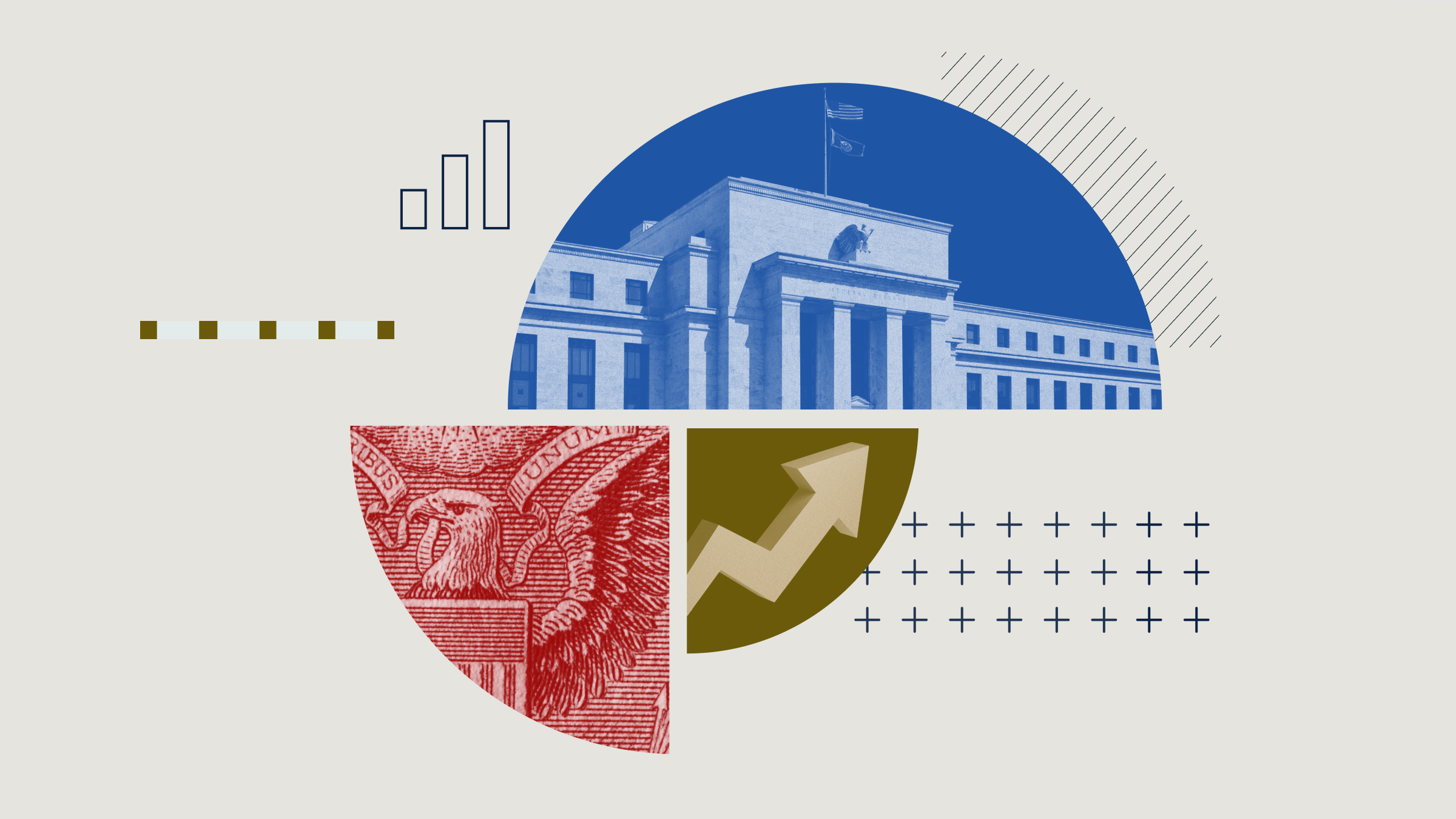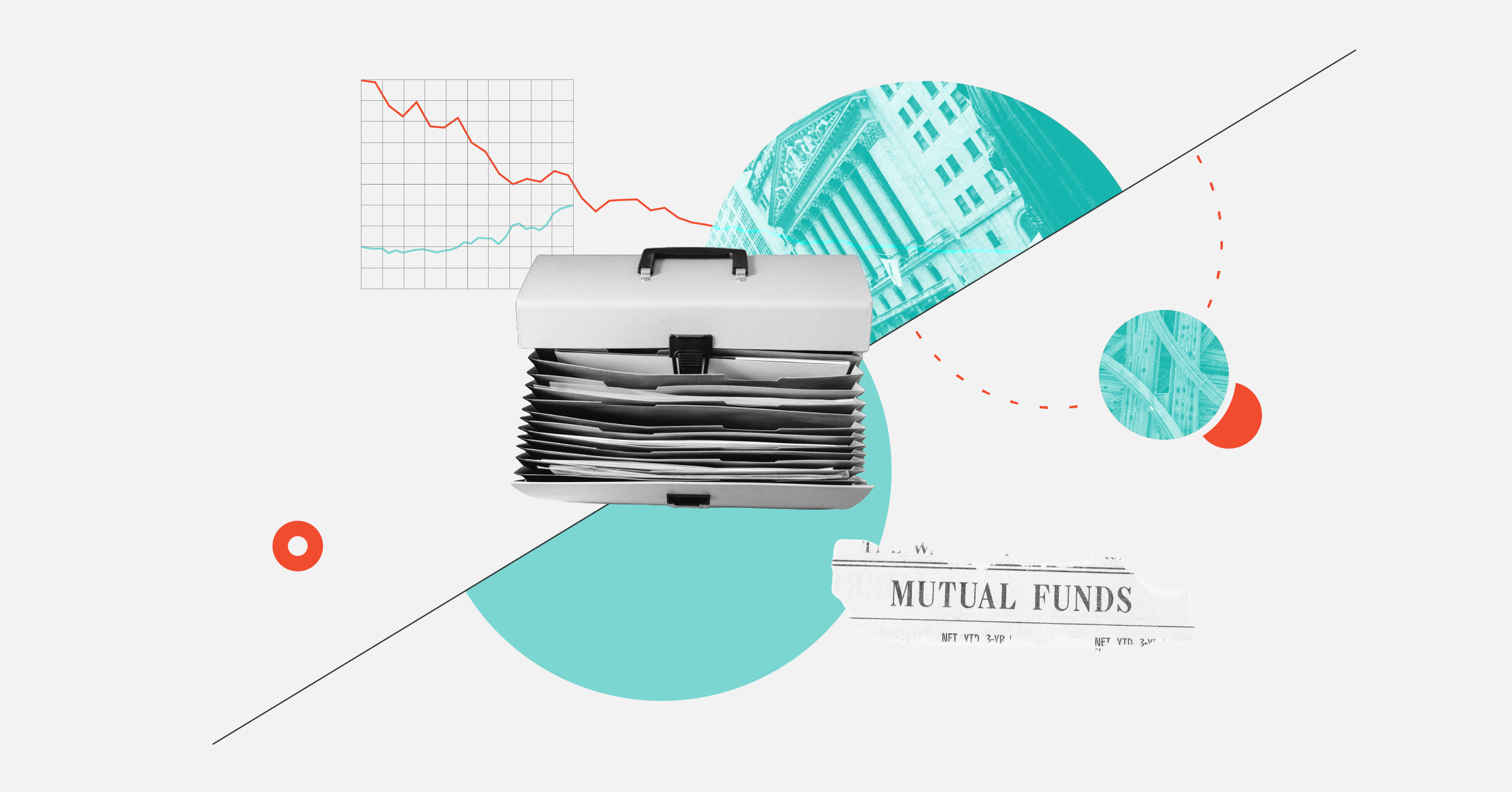.jpg)
The Bank of Canada appears set to add to the pair of interest rate cuts it’s made so far in 2024. The question for investors is how fast and how far rates will come down in the months ahead.
Economists say the pace of rate cuts will depend on inflation, with price pressures having fallen back from their 2022 peak. In addition, should the economy weaken further heading into 2025, the Bank of Canada could cut rates even more than many expect. For now, many economists see the Bank of Canada cutting rates at each of the three policy-setting meetings it has left in 2024, starting with the next meeting, scheduled for Sept. 4. The bank’s message “is that they remain quite dovish,” says Doug Porter, chief economist at BMO. “We see a whole string of rate cuts.”
Economists add that in a break from the usual pattern, the Bank of Canada is ahead of the US Federal Reserve when it comes to interest rate cuts. The Fed is widely expected to cut interest rates at its September meeting, and that would be its first easing of monetary policy in this economic cycle. A key difference between the US and Canada has been the resilience of the US economy to higher rates, while Canadian consumers are generally much sensitive to rate changes.
A Dovish Stance on Rate Cuts at the July Meeting
On July 24,the Bank of Canada announced a quarter-point cut in its overnight rate target to 4.5%. That followed a June 5 cut of the same size, which marked the bank’s first easing since it raised the overnight rate to 5% in July 2023.
Bank of Canada Overnight Rate
The Bank of Canada’s summary of its July meeting showed officials expressing comfort with the inflation outlook, saying “they felt increasingly confident that the ingredients for price stability were in place.” Looking ahead, officials saw the need to support economic growth: “While restrictive monetary policy was still required to address remaining price pressures, it should not be as restrictive.”
Inflation Outlook Offers Room for Rate Cuts
Central to the Bank of Canada’s willingness to continue cutting rates is a constructive inflation outlook. The Consumer Price Index has fallen significantly from the pandemic-era high of an 8.1% annual rate in August 2022, and from 3.4% in December 2023. The CPI rose at a 2.7% annual rate in June, its second-lowest reading since 2021.
Rachel Siu, head of Canadian fixed-income strategy at BlackRock, sees an inflation landscape ahead that should provide room for continued rate cuts this year. “We think inflation is going to continue to moderate,” she says. “Pricing pressures certainly have eased across multiple components and across categories.”
“We do see some stickiness still, of course, in the shelter part of the services side of the CPI basket, like with mortgage interest costs rents, to some extent, are also being a little bit sticky,” Siu continues. However, as interest rates come down, she thinks there should be relief on that front.
Porter notes that excluding shelter costs, inflation is running in the low 1% range. The moderation “is quite broadly based,” he says.
Canada CPI
The next CPI report is slated to be released Aug. 20. Economists say that even if the inflation numbers don’t decline from current levels in the near term, that likely won’t deter the Bank of Canada from cutting rates.
In the July rate cut announcement, Bank of Canada officials said, “we expect inflation to moderate further, though progress over the next year will likely be uneven.” Against this backdrop, “If inflation continues to ease broadly in line with our forecast, it is reasonable to expect further cuts in our policy interest rate.”
Bank of Canada Watching Softening Job Market
Also playing into the pace of rate cuts is the slowing Canadian economy, particularly the weakening job market. Unemployment hit 6.4% in July, up from 5.8% in December 2023 and 5.0% in January 2023.
“Almost the entire focus for the last couple years has been on inflation, but now the unemployment rate has entered the picture,” Porter says. “I think they are concerned with how quickly the unemployment rate has risen.”
Canada Unemployment Rate
One of the factors behind the rise in Canada’s unemployment rate has been growth in the labor market, which as in the United States has been driven largely by increased immigration. That has created greater slack in the jobs market, which is positive for the inflation outlook. At the same time, consumers are more pessimistic about the outlook for the jobs market, as the Bank of Canada noted in its meeting summary.
That rise in the unemployment rate has coincided with a softening of consumer spending. “The focus really has been on the labor market in particular, as well as the impact on consumers in households,” says Siu.
Consumers Feeling the Pinch of Higher Rates
Underlying both the better inflation environment and slowing growth is how sensitive Canadian consumers and the economy more broadly are to high interest rates, particularly in comparison to the US economy.
“The transmission mechanism [of higher rates] has been much stronger,” says Alejandra Grindal, chief economist at Ned Davis Research. With the prevalence of variable rate mortgages and short-term fixed-rate mortgages, many consumers feel changes in rates “almost immediately.”
Those higher rates come on top of rising housing costs in Canada, especially in major metropolitan areas, Grindal says.
Short-term fixed-rate mortgages present a particular worry, economists say. Homeowners who bought at rock-bottom interest rates during the pandemic are facing resets on five-year mortgages next year. Sui calls this a “key vulnerability” in the Canadian economy.
How Much Will the Bank of Canada Cut Rates?
Against this backdrop, Michael Greenberg, head of Americas portfolio management at Franklin Templeton Investment Solutions, says the September Bank of Canada meeting is “definitely another very live meeting” for an interest rate cut. “You could easily see over the next year four or five more cuts from the Bank of Canada.” He continues: “If you were just to focus on the growth side of things, it would be clear that we don't need the level rates that we have.”
Greenberg sees two potential paths for the speed and scope of rate cuts. The first would be “normalizing” interest rates after the 2022-23 rate hikes. “That’s really just them taking their foot a bit off the brake,” he says. That would entail taking interest rates back to a “neutral” level, where they are neither restrictive nor accommodative. Greenberg notes that the neutral rate is something of a “philosophical” term with no precise level attached to it. It could be seen as 0.5%-1.0% above the inflation rate. That would entail bringing the overnight rate target down to 2.5%-3.0% from its current 4.5%. “Policy by most measures is still above that neutral rate,” Greenberg says, which results in a slowing of the economy. “They don’t feel they need to be restraining the economy as much because inflation is moving the right direction.”
The second path has the Bank of Canada responding to an economy trending weaker than what’s currently expected. “If we do fall into recession, this rate cut cycle might very well be one where they need to get policy to below neutral to supportive rates,” Greenberg says. “While that’s not a 0% probability … that’s not our base case.”
Porter says BMO’s forecast is for rate cuts at the next four meetings, which would take the overnight rate to 3.5% at the central bank’s January meeting. From there, the Bank of Canada is expected to cut rates every other meeting, taking the target rate down to 3% in 2025.
A wild card would be the kind of extreme market volatility seen in early August. “It’s possible we could be looking at 50 basis point cuts … although the bank doesn’t usually do those,” Porter says.


















